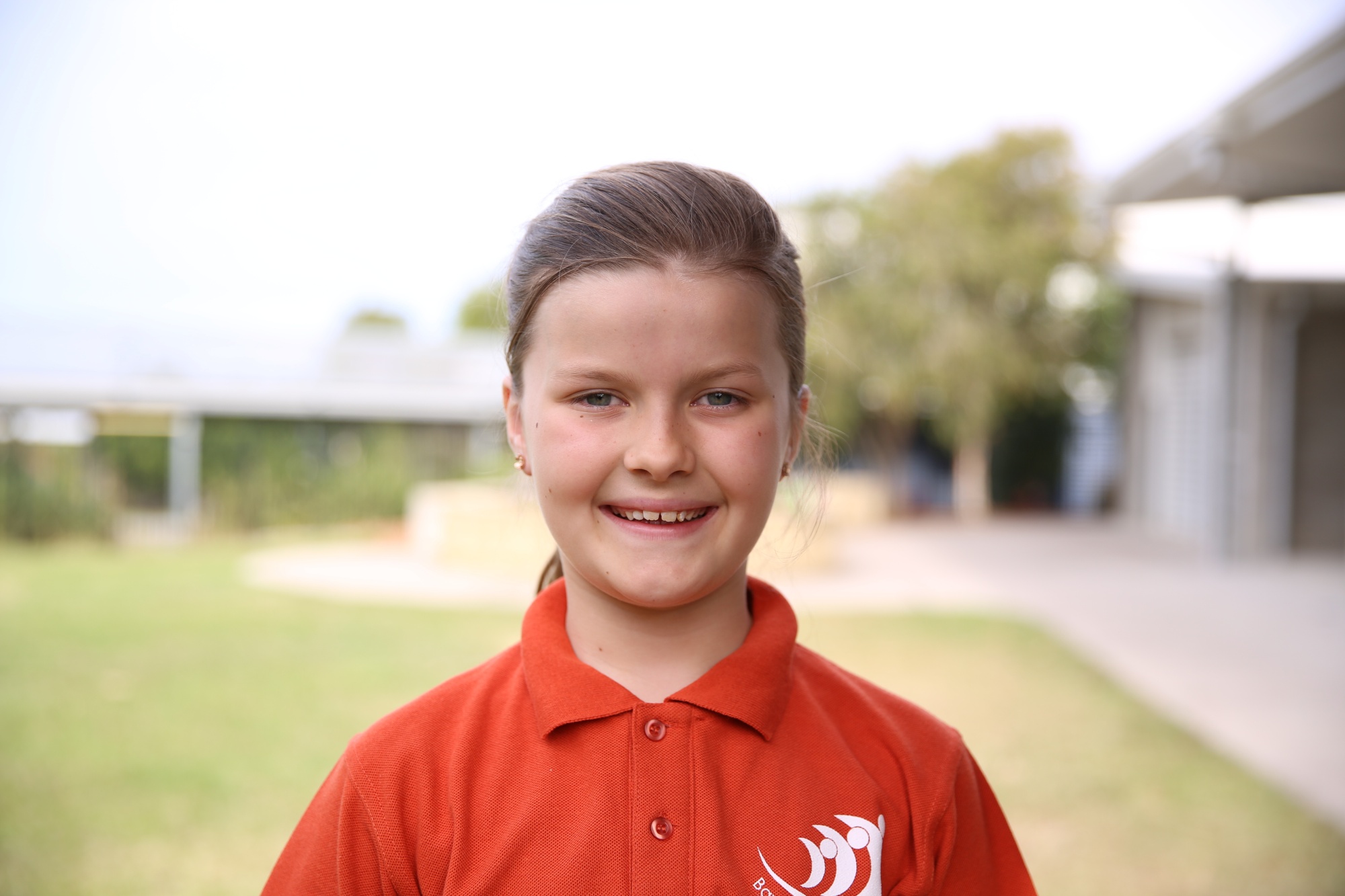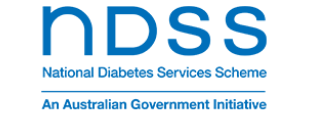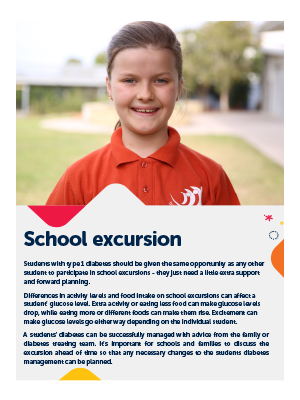Differences in activity levels and food intake on school excursions can affect a student’s glucose levels
Extra activity or eating less can make glucose levels drop, whereas eating more or different foods can make them rise. Excitement can make glucose levels go either way depending on the individual. This can be successfully managed with advice from the family or clinical treating team. It’s therefore important to discuss the excursion with them ahead of time so that any necessary changes to the student’s type 1 diabetes management can be planned.
Plan and consider the following:
- inform the student and or family of the excursion well in advance
- decide if a member of the family needs to attend the excursion or allocate a designated staff member to the young person
- pack a copy of the type 1 diabetes management plan
- make sure there are appropriate supplies of blood glucose test strips, insulin administration equipment, carbohydrate and hypo food for the duration of the excursion, including back-up supplies in the event of delays
- make sure the student is carrying or wearing personal medical identification
- glucose checking equipment and hypo food must always be carried or be accessible by the student (particularly while in transit)
- inform any external organisations or staff involved that the student may need to eat at any time during the excursion for medical reasons
- check where local medical and emergency services are if the excursion is in a remote location.
If the student can’t do their own glucose checks, injections, or operate their insulin pump, these tasks will need to be done by a designated staff member. This person needs to meet with the student’s family and/or clinical treating team well in advance of the excursion to discuss what health support is required and how they will assist. It is essential that the designated staff member has the appropriate skills and confidence to manage type 1 diabetes.




